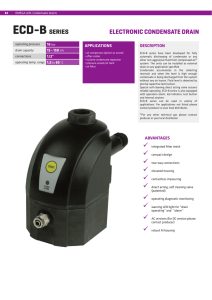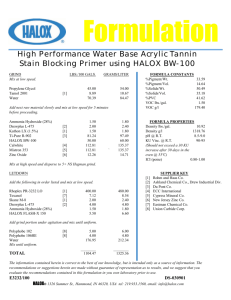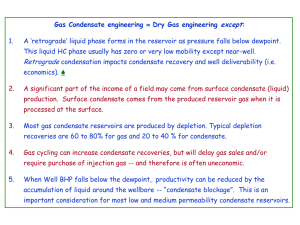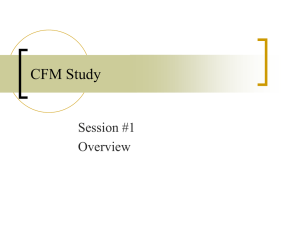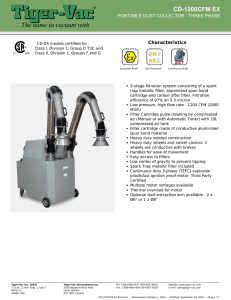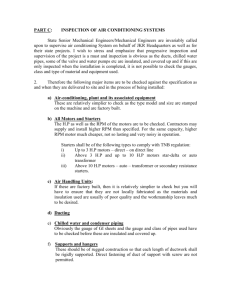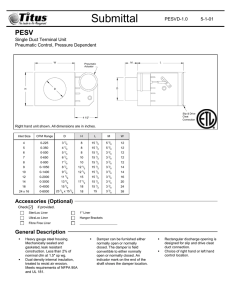handy formulas
advertisement
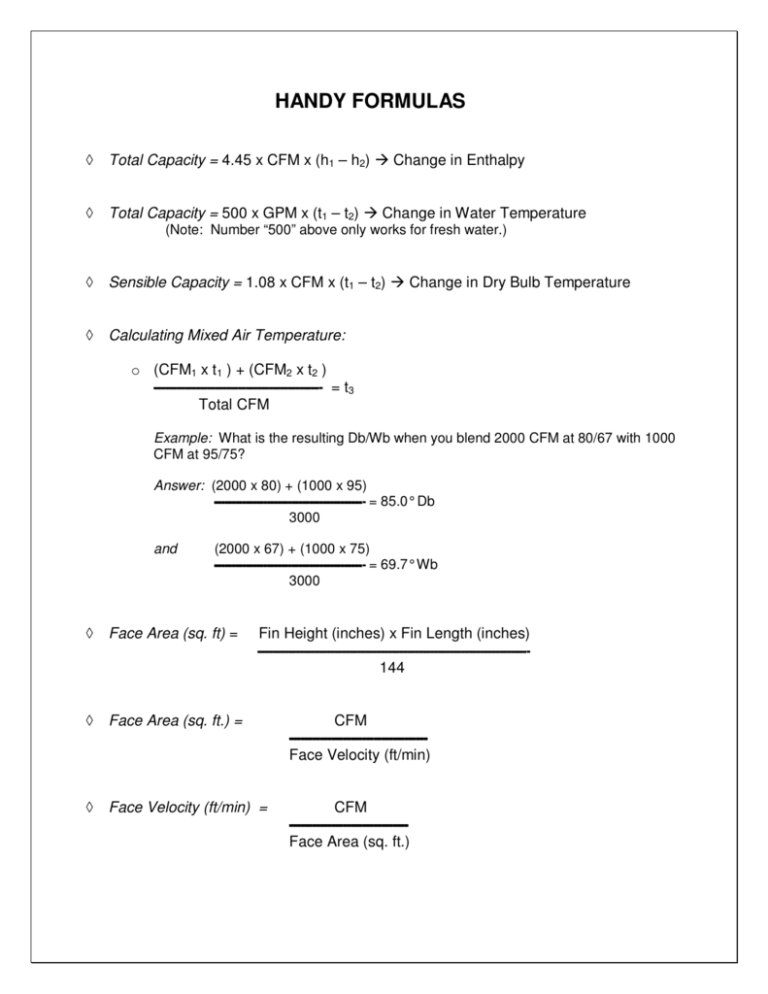
HANDY FORMULAS ◊ Total Capacity = 4.45 x CFM x (h1 – h2) Change in Enthalpy ◊ Total Capacity = 500 x GPM x (t1 – t2) Change in Water Temperature (Note: Number “500” above only works for fresh water.) ◊ Sensible Capacity = 1.08 x CFM x (t1 – t2) Change in Dry Bulb Temperature ◊ Calculating Mixed Air Temperature: o (CFM1 x t1 ) + (CFM2 x t2 ) --------------------------------------------------------------------------------------------------------- = t3 Total CFM Example: What is the resulting Db/Wb when you blend 2000 CFM at 80/67 with 1000 CFM at 95/75? Answer: (2000 x 80) + (1000 x 95) ------------------------------------------------------------------------------------ = 85.0° Db 3000 and (2000 x 67) + (1000 x 75) ------------------------------------------- = 69.7°Wb -----------------------------------------3000 ◊ Face Area (sq. ft) = Fin Height (inches) x Fin Length (inches) --------------------------------------------------------------------------------------------------------------------------------------------------------------------------------------144 ◊ Face Area (sq. ft.) = CFM -----------------------------------------------------------------------Face Velocity (ft/min) ◊ Face Velocity (ft/min) = CFM --------------------------------------------------------------------Face Area (sq. ft.) HANDY FORMULAS (con’t) ◊ Calculating Amount of Condensate on a Cooling Coil (GPM): o First, you need to identify the Latent Capacity of your coil: Total Capacity – Sensible Capacity = Latent Capacity o Next, find the Condensate Rate in lbs / hr: Latent Capacity ------------------------------------------------------ = Condensate Rate of X lbs / hr 1062 o Finally, convert the Condensate Rate of X lbs / hr to GPM (gal / min): X lbs ----------------- x hr ◊ 1 hr --------------------60 min 1 gal x --------------------------------- = Y Gal / min 8.34 lbs Approximate Estimate of Steam Condensate Load : o Coil mbh x 1.05 ≈ lbs / hr of Steam Condensate
